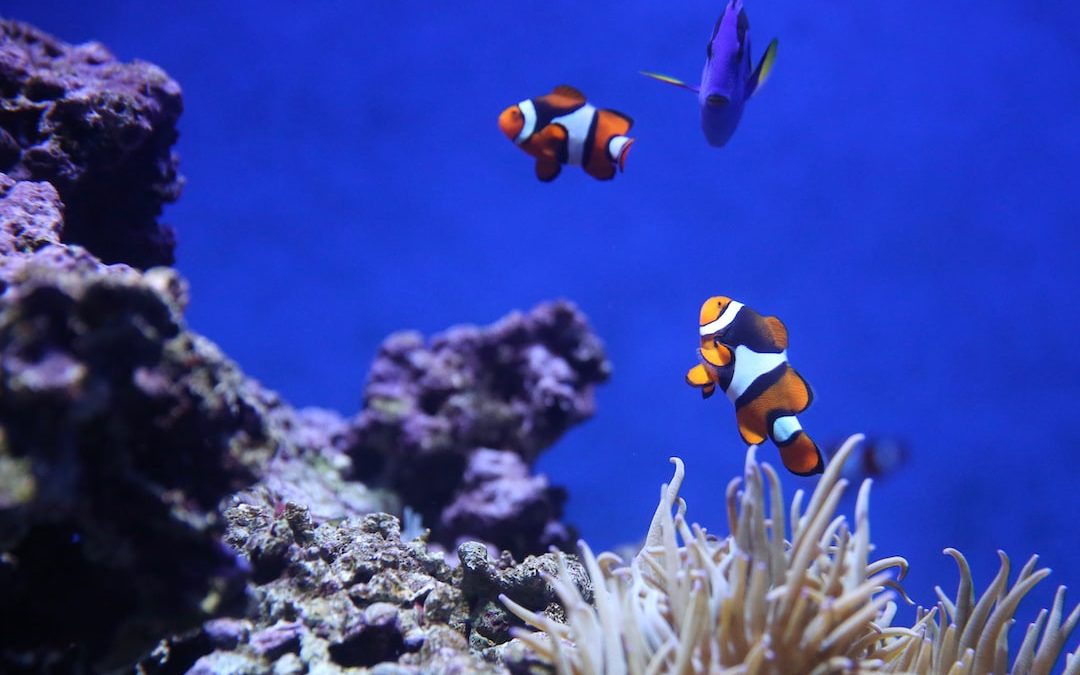Table of Contents
Exploring the Great Barrier Reef of Australia
Introduction
The Great Barrier Reef of Australia is a spectacular natural wonder. It is the world’s largest coral reef system, stretching more than 2,300 kilometres along the Queensland coastline. This beautiful underwater world is home to an incredible array of marine life, ranging from tiny coral polyps to majestic sea turtles and majestic whales. The Great Barrier Reef is a powerful reminder of the beauty of nature and the importance of protecting our planet’s fragile ecosystems. In this article, we will explore the Great Barrier Reef, its incredible biodiversity, and the threats it faces.
What is the Great Barrier Reef?
The Great Barrier Reef is a vast coral reef system located off the coast of northeast Australia. It is composed of over 2,900 individual reefs and 900 islands, spanning an area of over 344,400 square kilometres. It is recognised as one of the seven natural wonders of the world and is the world’s largest living structure. It is home to a wide variety of marine life, including over 1,500 species of fish, 400 species of coral, and over 6,000 species of mollusc.
The Unique Biodiversity of the Great Barrier Reef
The Great Barrier Reef is home to an incredible variety of biodiversity. It is home to over 10% of the world’s coral species, as well as a diverse range of other marine life, including turtles, dolphins, and whales. The reef also provides a habitat for a wide range of birds, including the brightly coloured rainbow lorikeet. The reef also supports a variety of industries, including tourism, fishing, and research.
The Threats Facing the Great Barrier Reef
The Great Barrier Reef is under threat from a range of human activities, including overfishing, pollution, and climate change. Overfishing has caused the loss of many species of fish, while pollution from agricultural and industrial activities has caused an increase in sedimentation and nutrients, leading to coral bleaching. Climate change has also had a significant impact on the Great Barrier Reef, raising sea temperatures and causing coral bleaching.
Conservation Efforts
In response to the threats facing the Great Barrier Reef, a number of conservation efforts have been put in place. These include the creation of marine protected areas, the implementation of sustainable fishing practices, and the establishment of water quality standards. The Australian government has also committed to reducing emissions and increasing renewable energy sources, in order to reduce the impact of climate change.
The Importance of Research
Research plays an important role in helping to protect the Great Barrier Reef. Research helps to identify the threats to the reef, as well as the potential solutions. It also helps to monitor the health of the reef and to evaluate the effectiveness of conservation efforts.
The Benefits of Tourist Activities
Tourism can play a positive role in the conservation of the Great Barrier Reef. Tourists generate revenue that can be used to fund conservation efforts, as well as providing much-needed jobs to local communities. However, it is important to ensure that tourist activities are sustainable and that they do not have a negative impact on the reef.
The Role of Education
Education is an important part of protecting the Great Barrier Reef. It is important to raise awareness of the threats facing the reef, as well as educating people on how they can help to protect it. Education is also important in encouraging people to act responsibly when visiting the reef.
The Role of Community Involvement
Community involvement is a key part of protecting the Great Barrier Reef. Local communities have a vested interest in preserving the reef and can play an important role in raising awareness and advocating for its protection. Community involvement can also help to ensure that conservation efforts are effective and that local industries are sustainable.
The Future of the Great Barrier Reef
The future of the Great Barrier Reef is uncertain. It is facing a range of threats, including overfishing, pollution, and climate change. However, there is still hope for its future. Conservation efforts, research, and community involvement all have a role to play in protecting the reef and ensuring its future.
Conclusion
The Great Barrier Reef is a spectacular natural wonder and an important part of the world’s biodiversity. It is under threat from a range of human activities, including overfishing, pollution, and climate change. However, there is still hope for its future. Conservation efforts, research, and community involvement all have a role to play in protecting the reef and ensuring its future. With the right action, it is possible to protect the Great Barrier Reef and to ensure its continued existence for generations to come.












